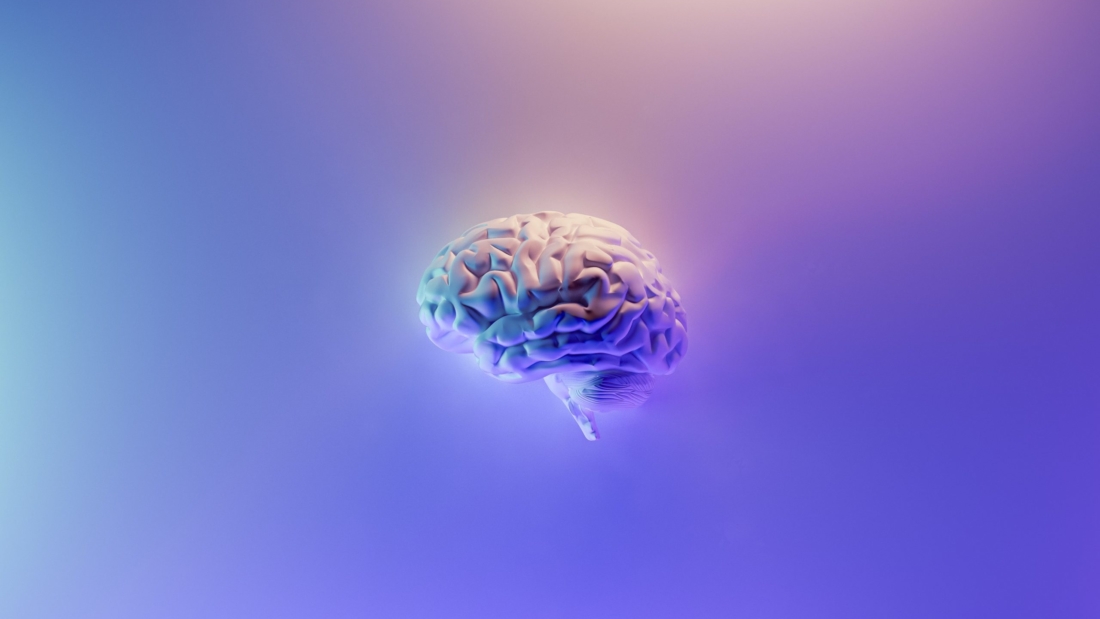Our brain is lazy by nature …
95% of the time, we are using System 1 of our brain. Daniel Kahneman’s Thinking Fast and Slow, states that System 1 is unconscious, instinctive, and generates fast reactions. Thought of as a reflex, System 1 triggers an automated thinking process. Since it is considered nearly an instant decision, System 1 can have systematic errors for everyday decisions. There is little to no attention required for System 1, thus, making it possible to quickly decide the multiple decisions necessary to get through the day (Kahneman, 2011).
Unlike System 1, System 2 is the slower, more rational, and deliberative notion of attention. System 2 requires our focus because it is a part of how we consciously do work, build relationships, and develop ideas. The self-aware process is critical and logical by constructing thoughts in a series of steps (Kahneman, 2011). Let’s say that all people’s decisions should be part of System 2 thinking.
Some examples of people decisions we take in our organizations: select a candidate for a vacancy, choose participants to the leadership program, decide on a promotion or dismissal, give feedback, whom to engage in a strategic project, …, …
Because System 2 demands more energy and focus, there is a high risk we rely on System 1 for these complex people decisions …
Using System 1 thinking for people decisions
- leads to yes/no discussions, like yes he/she is a successor for position x or no he/she lacks potential for a leadership role, …
- increases the cost for the organization, because for instance, recruiting the ‘wrong’ profile for the job will lead to low performance and, in the long term, will need a remplacement.
- can have a negative impact on a whole team; for instance, admitting someone to a leadership development program, who in the eyes of the team is not fitted for a leadership position, will affect the credibility of not only the development program itself but also the leadership’s policy in the organization.
Are you convinced to use System 2 when it comes to people’s decisions?

1. Use System 2 to clarify the consequence of each decision
Instead of a Y/N reasoning – Is Marc a high potential or not? -, we should reflect on … IF Marc shows the willingness and has the potential to move to more complex roles, what feedback will we give Marc on competency X and leadership skill Y? How can Marc better prepare for his next move and decide together on what actions to take?
2. Use System 2 to analyze all available information
Combine input coming from different sources to take your decision: a career conversation with the employee, a feedback session with some clients, an evaluation form by the manager and data analytics. One way to gather data on an evidence-based way, is by using a tool like the Talent Review Profiler. Based on a completed questionnaire by the employee and several persons who collaborate with this employee, you get insight into the potential, risk of leaving, group affect, group impact, performance, …
All excellent starting point to reflect and stimulate System 2 thinking in putting forward actions to mitigate the risks & opportunities, linked to this employee.
